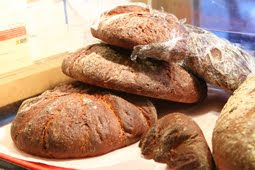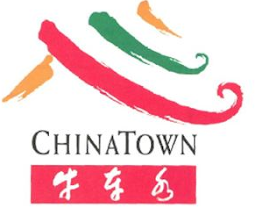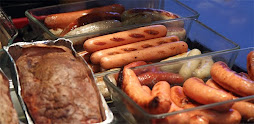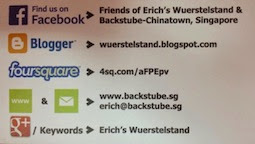The Mid-Autumn Festival is one of the two most important holidays in the Chinese calendar (the other being the Chinese Lunar New Year). It falls on the 15th day of the 8th lunar month of the Chinese calendar (usually around mid- or late-September in the Gregorian calendar). In 2007 it was celebrated on the night before full moon (September 25).
Farmers celebrate the end of the farming year and an abundant harvesting season. Traditionally, on this day, Chinese family members and friends will gather to admire the bright mid-autumn harvest moon and eat moon cakes and pomeloes together.
.jpg)
The children would go out at night carrying bright lanterns.
 2 Girls with lanterns in cold Mainland China
2 Girls with lanterns in cold Mainland China In locations such as Singapore, Malaysia or Hong Kong it is also known as the Mooncake or Lantern Festival.

Several interesting legends are connected with this festival but, basically, the mooncakes signify unity and a cycle completed.
Typical mooncakes are round or rectangular pastries, measuring about 10 cm in diameter and 4-5 cm thick. A thick filling usually made from lotus paste is surrounded by a relatively thin (2-3 mm) crust and may contain yolks from salted duck eggs.



Mooncakes are rich, heavy, and dense compared with most Western cakes and pastries. They are usually eaten in small wedges accompanied by Chinese tea.
Nowadays moon cakes with Baileys, Champagne, Truffles, Marzipan and even Durian fillings are offered by renowned 5 star Hotels and sold in stalls all over in town.

It seams to be a big competition who can bake the best and most interesting mooncake.
Also the lanterns have changed. In ancient times they were fairly simple made of paper, for only the emperor and noblemen had large ornate ones; in modern times, lanterns have been embellished with many complex designs. For example, lanterns are now made of plastic and in shapes of animals.
Some of the displayed "lanterns" were up to 12m high.
.jpg)


.JPEG)







.jpg)
.jpg)
.jpg)
.jpg)
.jpg)
.jpg)

.jpg)






.jpg)



.jpg)



































